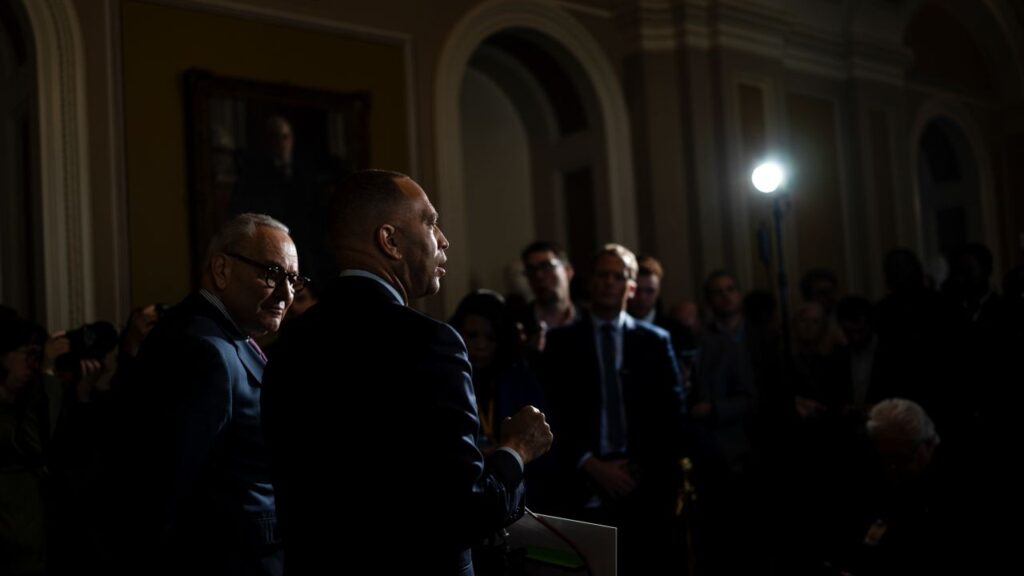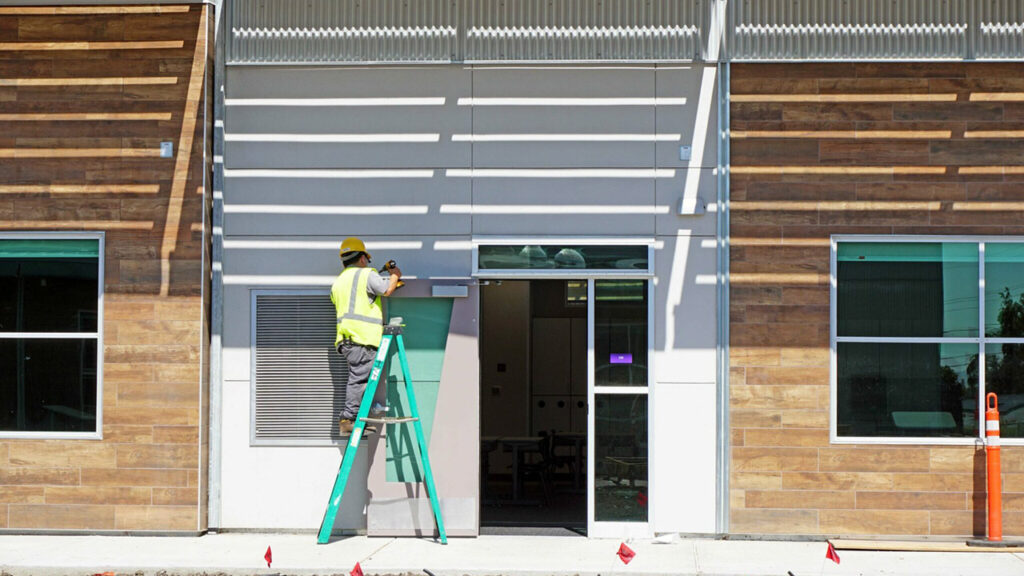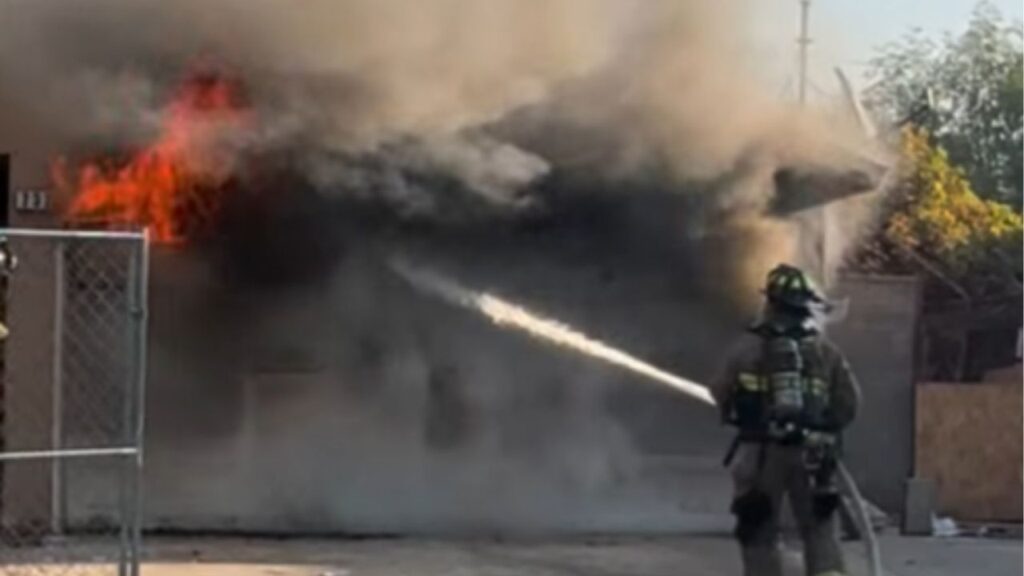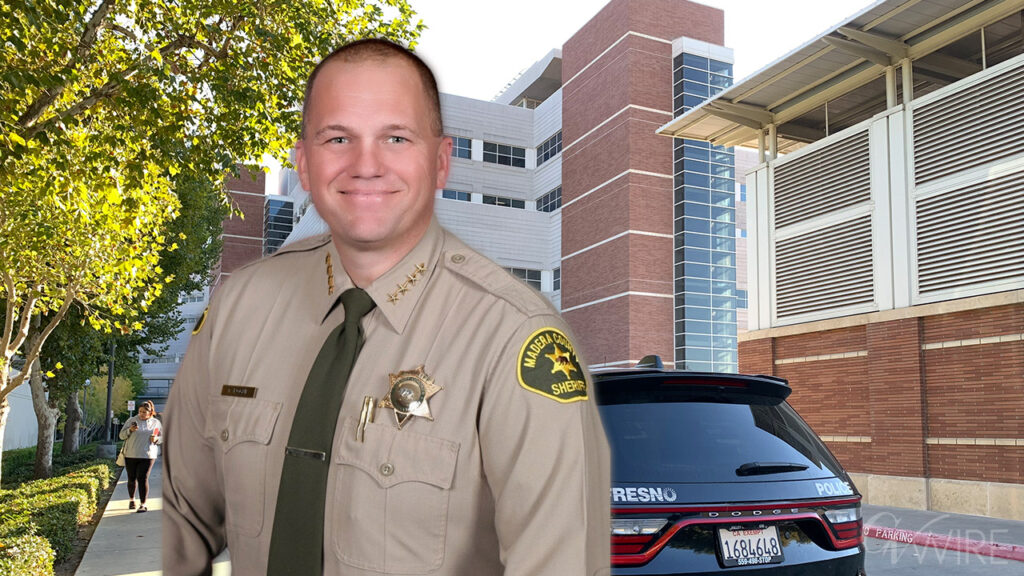The smoldering wreckage of beachfront structures destroyed by the Palisade Fire in Malibu, Calif., on Thursday, Jan. 9, 2025. The threat of more fires propelled by blistering Santa Ana winds hung over southern California on Friday as firefighters battled to contain the raging blazes that have killed at least 10 people and destroyed thousands of structures. (Loren Elliott/The New York Times)

- Santa Ynez Reservoir was offline during Pacific Palisades fires, potentially affecting firefighters' water supply and response efforts.
- Gov. Gavin Newsom ordered an independent investigation into water system operations, calling the lack of supply "deeply troubling."
- Firefighting demands strained local water systems, depleting tanks and overwhelming the infrastructure during the massive wildfire response.
Share
|
Getting your Trinity Audio player ready...
|
An important reservoir that helps supply water in Pacific Palisades was offline at the time the fires began, officials said Friday, and that shutdown may have contributed to firefighters losing water so early in their fight against the blaze.
The Santa Ynez Reservoir sits within the Palisades and can hold millions of gallons of water. Records show it was recently set to undergo maintenance to the reservoir’s cover.
Ellen Cheng, a spokesperson for the Los Angeles Department of Water and Power, said in a statement Friday that the reservoir had been offline when the fires began.
“We are still evaluating what role Santa Ynez being offline would have had on this situation,” she said.
Newsom Said the Lack of Water Is ‘Deeply Troubling’
Gov. Gavin Newsom on Friday called the lack of water “deeply troubling” and ordered an independent report on what happened. He asked the Los Angeles Department of Water and Power to review its procedures and share information with state water and firefighting officials who will conduct the investigation.
“While water supplies from local fire hydrants are not designed to extinguish wildfires over large areas, losing supplies from fire hydrants likely impaired the effort to protect some homes and evacuation corridors,” he said.
Water for the Pacific Palisades is fed by a 36-inch line that flows by gravity from the larger Stone Canyon Reservoir, said Marty Adams, a former general manager and chief engineer at the Los Angeles Department of Water and Power. That water line also fills the Santa Ynez Reservoir.
Water from the two reservoirs then sustain the water system for the Pacific Palisades and also pump systems that fill storage tanks that feed higher-elevation homes in the neighborhood. It was unclear whether officials could have brought the reservoir back online before the fire, after forecasters began warning of dangerous wildfire conditions.
Officials have said that storage tanks in the Pacific Palisades area, each holding about 1 million gallons, were filled before the fire but then depleted as so many firefighters tapped into the system at once. The system struggled to refill the tanks in part because so much water was being pulled from the main water line before it could get to the pumps that feed the higher tanks.
Operational Reservoir Would Have Helped
Adams said an operational reservoir would have been helpful initially to more fully feed the water system in the area. But he also said it appeared that that reservoir and the tanks would have eventually been drained in a fire that was consuming so many homes at once. Municipal water systems are generally designed to sustain water loads for much smaller fires than what consumed Pacific Palisades.
Years ago, crews had installed a cover on the Santa Ynez Reservoir. Adams said he heard that the cover had been damaged, and contracting documents from November showed that a company was hired to repair the cover.
Adams said repairs and maintenance for such systems would be normal, as would taking the reservoirs offline. Under normal circumstances, the water system in the area would have continued functioning just fine.
Cheng said officials were still looking into when the reservoir had gone offline.
Janisse Quiñones, CEO and chief engineer at the city’s water department, has said that firefighting operation put immense strain on the system, with four times the normal demand over a 15-hour period.
Traci Park, the Los Angeles City Council member whose district includes Pacific Palisades, had not been made aware that the reservoir was offline, a spokesperson said Friday.
The spokesperson, Pete Brown, said Park and her team had many questions about the water systems and the Santa Ynez Reservoir, and would be seeking more answers about whether it should have been out of commission.
—
This article originally appeared in The New York Times.
By Mike Baker and Nicholas Bogel-Burroughs/Loren Elliot
c. 2025 The New York Times Company
RELATED TOPICS:
Categories

Police Make Arrests in Louvre Robbery, Authorities Say

Newsom Admits to Eying 2028 Presidential Bid in CBS Interview

Democrats Join With Trump in the Death of Democracy

















